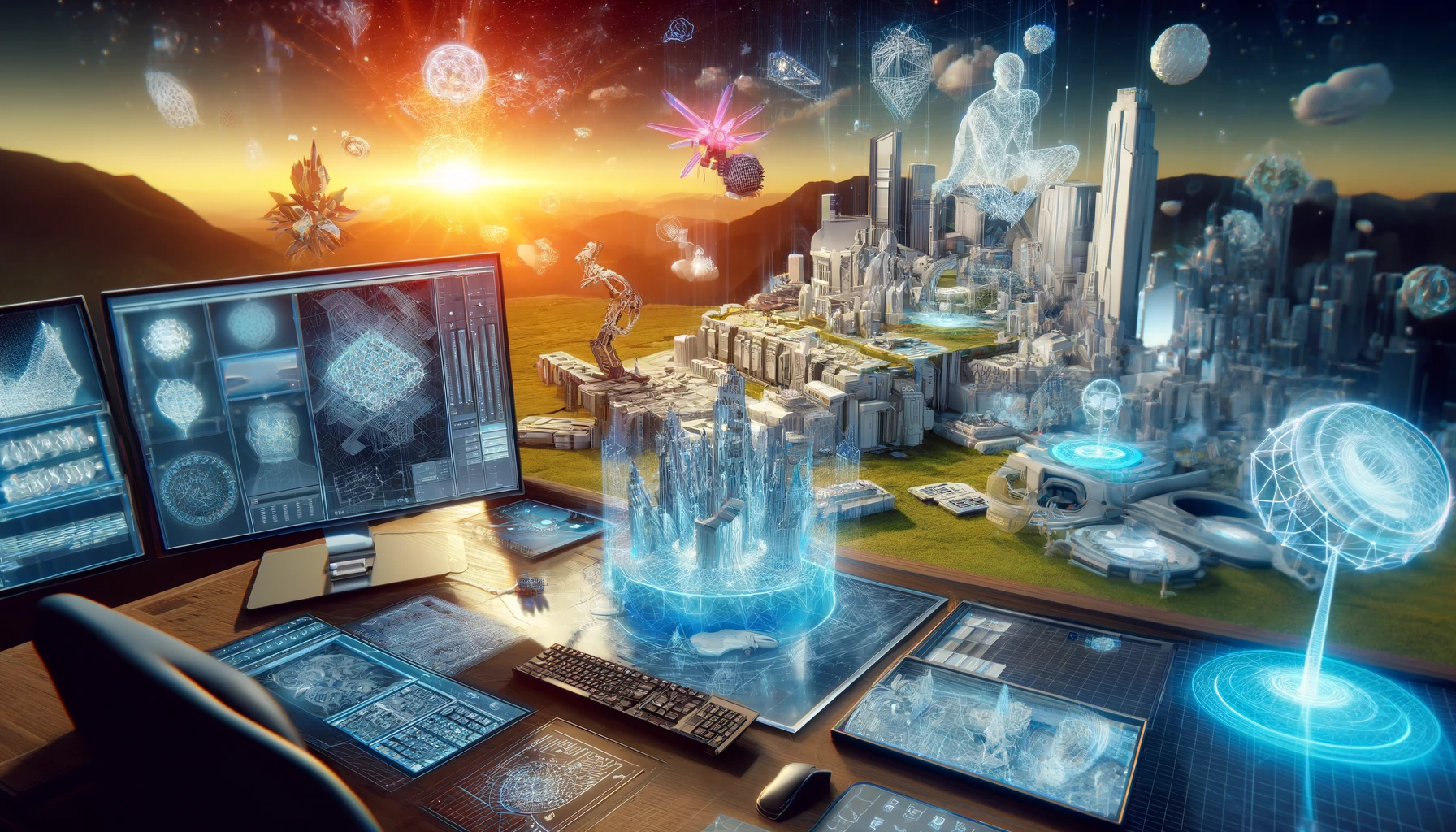Key Points
1. The paper presents CAT3D, a method for creating 3D scenes from any number of input images using a multi-view diffusion model. CAT3D is capable of generating highly consistent novel views of a scene from any number of input images, enabling robust 3D reconstruction techniques to produce 3D representations that can be rendered from any viewpoint in real-time.
2. The article highlights the increasing demand for 3D content for applications such as games, visual effects, and mixed reality devices and discusses the challenges associated with creating high-quality 3D content from 2D images. It emphasizes the labor-intensive process of capturing hundreds to thousands of photos and the need for more accessible 3D content creation methods.
3. CAT3D focuses on addressing the limitations of established 3D reconstruction methods in observation-limited settings by creating more observations and reformulating ill-posed reconstruction problems as generation problems. The system accomplishes this through a multi-view diffusion model trained specifically for novel-view synthesis, generating 3D-consistent images from input views and subsequent 3D reconstruction pipeline processes.
4. The paper describes the model architecture and training approach for the multi-view diffusion model in detail, including the use of camera ray representation for conditioning, the design of camera trajectories for different types of scenes, and the strategy for generating a large set of synthetic views from a small and finite set of input and output views.
5. The paper presents performance evaluations of CAT3D on few-view 3D reconstruction and single image to 3D tasks, demonstrating qualitative and quantitative improvements over prior work. CAT3D outperforms baseline approaches on various benchmarks and reduces generation time significantly.
6. The article concludes by discussing the limitations of CAT3D and potential future directions for improvement, such as initializing the multi-view diffusion model from a pre-trained video diffusion model, improving the consistency of samples, and automatically determining camera trajectories for different scenes.
Summary
The research paper presents a method called CAT3D for creating 3D scenes using a multi-view diffusion model. The paper highlights that existing 3D reconstruction methods require a user to collect hundreds to thousands of images to create a 3D scene and introduces CAT3D as a solution to this challenge. CAT3D is described as a method that can create anything in 3D by simulating the real-world capture process with a multi-view diffusion model. It can generate highly consistent novel views of a scene from any number of input images and a set of target novel viewpoints. The paper emphasizes that these generated views can be used for robust 3D reconstruction and that CAT3D can create entire 3D scenes in as little as one minute, outperforming existing methods for single image and few-view 3D scene creation. The paper also provides a link to the project page for results and interactive demos.
The research addresses the increasing demand for 3D content, particularly for real-time interactivity in gaming, visual effects, and mixed reality devices. It explains that while 3D content is essential, it remains relatively scarce and requires complex specialized tools and significant time and effort to create. The paper acknowledges recent advancements in photogrammetry techniques, such as NeRF, Instant-NGP, and Gaussian Splatting, which have improved the accessibility of 3D asset creation from 2D images. However, it notes that creating detailed scenes still requires a labor-intensive process of capturing hundreds to thousands of photos. The paper highlights the need to reduce this requirement and enable more accessible 3D content creation.
CAT3D is introduced as a solution that generates multiple 3D-consistent images through an efficient parallel sampling strategy and subsequently feeds them through a robust 3D reconstruction pipeline to produce a 3D representation. The paper provides detailed insights into the model architecture, camera conditioning, camera trajectories, and strategies for generating a large set of synthetic views. It also discusses the training of the multi-view diffusion model and its evaluation on various datasets for few-view reconstruction and single image to 3D tasks. The paper presents an extensive comparative evaluation of CAT3D against existing methods for 3D reconstruction, demonstrating its superior performance in generating 3D scenes from limited observations. The paper concludes with a discussion of the limitations and potential future directions for improving CAT3D.
Reference: https://arxiv.org/abs/2405.103...
